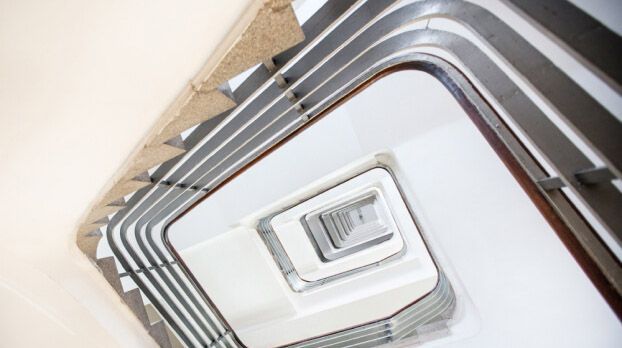History
In 1856, a modern and large chemical factory was built on a green meadow near Ústí nad Labem, in what was then Austria-Hungary. Our company has been continuously operating in the same location until today and the name of the company still refers to its rich history.
The association was at the birth of the Czech chemical industry and played a key role in its development. It was also of great importance for the development of the town of Ústí nad Labem itself.
Second half of the 19th century. century was marked by a great boom in the glass and textile industries, for which the Society produced the basic raw material – soda. The Society’s success has always been based on its ability to innovate and respond flexibly to market needs. Efforts to maintain the leading position in soda production and sales during this period culminated in the signing of a cooperation with Solvay. The merger of the two companies created an international monopoly that dominated the market for this raw material for a long time, and the Company significantly strengthened its position and was successful on international markets. At the time of the First World War, the company was considered the strongest chemical company in Austria-Hungary.
After the establishment of independent Czechoslovakia in 1918, the name of the company was removed from the name “Austrian”, and since 1920 our company has been called Spolek pro chemickou a hutní výrobu.
The period up to 40. 20 years. The century was marked by a further strengthening of the company’s position. The company was a strong capital company – in some periods it was even the leader of the entire Czechoslovak chemical industry and the owner of shares in many Czech and foreign companies. He co-created the structure of the Czechoslovak chemical industry and thanks to his efforts to move chemical production inland, several important chemical companies were established (chlorine chemistry – Spolana Neratovice, organic dyes – Synthesia Pardubice). At that time, the company cooperated not only with Solvay, but also with Ciba, Bayer, BASF, Carbo Union, etc. The company has achieved its success primarily through its ability to respond to technological developments and changing customer needs, to strengthen its exceptional know-how and to penetrate related industries.
The first skyscraper
The administrative building of SPOLCHEMIE is one of the most remarkable interwar buildings. At the time of its creation it represented
the tallest building on the territory of the former Czechoslovakia
.

During the Second World War, the production was under the administration of I. G. Farbenindustrie and towards the end of the war a large part of the plant was damaged by Allied bombing.
After 1945, the entire strong and powerful concern was nationalised and split into individual plants throughout the country. This move irreversibly damaged the Society’s strong and privileged market position. After 1989, the joint-stock company was revived and privatised. Since then, the modern, dynamic history of our company has been written.
Since the beginning of the company’s existence, the main production field has been inorganic chemistry. This was later joined by the production of organic dyes and synthetic resins. The production of hydroxides, chlorine chemistry and synthetic resins still forms the basis of our portfolio today.